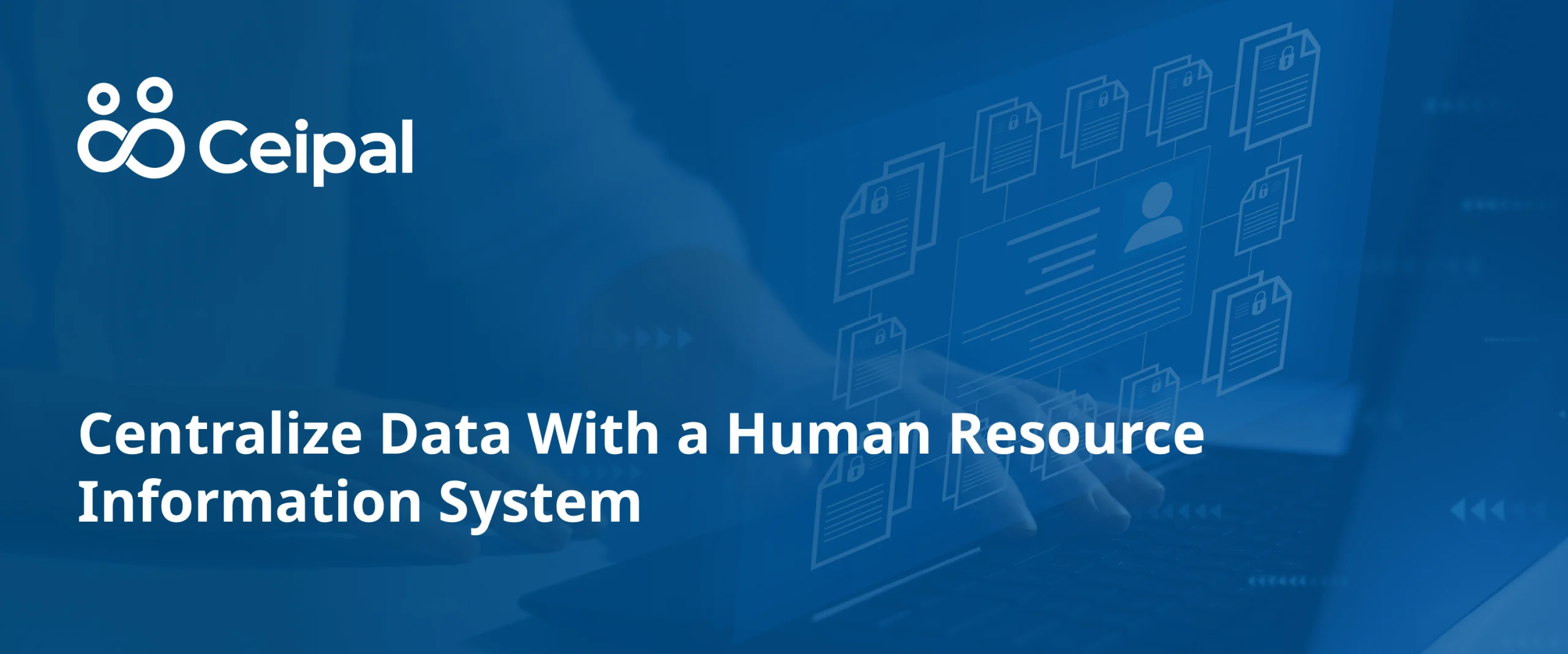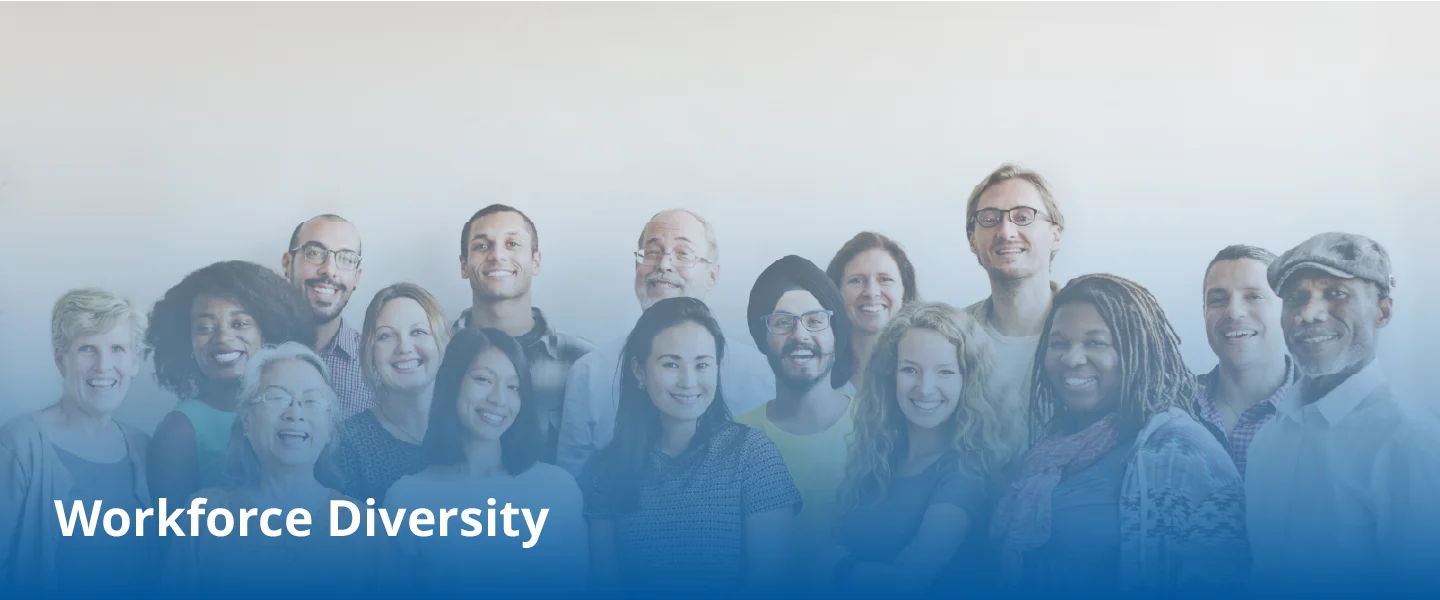In the modern business landscape, managing human resources efficiently is a critical way to ensure an organization’s success. As companies grow and expand, the need to streamline HR processes becomes more pronounced. This is where a Human Resource Information System (HRIS) can make a key difference in your day-to-day operations. Imagine having a centralized hub where all your HR data resides, accessible with just a click. An effective HRIS can revolutionize the way you manage HR data.
Optimize Staffing Processes With Staff Management Software
Efficient staffing processes are the backbone of a well-functioning organization. From recruitment and onboarding to scheduling and performance management, each step in the staffing process plays a pivotal role. Let’s explore how leveraging technology through an HRIS can optimize your staffing processes and lead to better outcomes.
Understanding Human Resource Information System (HRIS)
An HRIS is a comprehensive software solution that revolutionizes the way HR departments manage their data. All your employee information, from personal details to performance metrics, are stored in one secure digital vault, and with just a few clicks, you can access a wealth of information to inform your strategic decisions. HRIS centralizes data, making it easier to manage payroll, benefits administration, attendance tracking, and more. In a fast-paced world where data is king, having an efficient system to manage and access HR data can give your business a great advantage.
The Power of Centralized Data
Centralization is key when it comes to HR data management. Traditional methods of storing data in various spreadsheets and files can quickly become overwhelming and error-prone. With an HRIS, you’re bringing order to the chaos. Need to pull up an employee’s performance metrics for the past year? Done. Want to review the attendance records for a specific department? It’s just a few clicks away. Imagine the time saved and the reduction in errors when you know exactly where to find what you are looking for.
Better still, centralization not only enhances efficiency but enables better analysis. HR professionals can identify trends, spot areas for improvement, and make informed decisions backed by data-driven insights. An effective HRIS can also provide:
1. Seamless Onboarding Experiences
Onboarding new employees sets the tone for their journey within the organization. With staff management software integrated into your HRIS, the onboarding process becomes seamless and organized. From digitally signing documents to accessing training materials, new hires can hit the ground running.
Furthermore, an HRIS offers a personalized onboarding experiences. New employees can access a portal tailored to their role, providing them with the information they need. This level of personalization fosters a sense of belonging and helps new hires acclimate to their roles faster.
2. Effortless Performance Management
Performance management is more than just an annual review; it’s an ongoing process that drives employee growth. An HRIS simplifies this process by allowing supervisors and employees to set goals, track progress, and provide continuous feedback. This active approach to performance management enhances engagement and encourages professional development.
The term “Human Resource Information System” (HRIS) is synonymous with efficiency in performance management. Through regular check-ins, goal tracking, and data-driven evaluations, organizations can nurture a culture of excellence.
3. More Effective Navigation of Regulations and Compliance
Staying compliant with ever-changing labor regulations is a constant challenge for HR departments. An HRIS can be a game-changer in this regard. By automating compliance processes, such as tracking work hours and managing leave requests, you reduce the risk of costly penalties.
HRIS is more than just a software solution; it embodies a commitment to adherence and accuracy. By centralizing data and automating compliance-related tasks, organizations can navigate the complex landscape of labor regulations with confidence
Transformative Technology
A Human Resource Information System (HRIS) is a transformative technology that centralizes HR data, streamlines processes, and enhances efficiency across an organization. From seamless onboarding to data-driven performance management, an HRIS is a powerful tool for the modern HR landscape. Embrace the power of technology and unlock a new era of data-driven HR management.
FAQs
1. What is an HRIS?
HRIS, or Human Resource Information System, is a comprehensive software solution that centralizes and streamlines HR data management, from employee records to payroll and compliance.
2. How does an HRIS enhance staffing processes?
An HRIS optimizes staffing processes by providing tools for recruitment, onboarding, scheduling, and performance management, leading to increased efficiency and better outcomes.
3. Can an HRIS improve compliance with labor regulations?
Absolutely. An HRIS automates compliance-related tasks, such as tracking work hours and managing leave requests, reducing errors and the risk of regulatory penalties.
4. Is an HRIS suitable for organizations of all sizes?
Yes, an HRIS is beneficial for organizations of various sizes. Small businesses can streamline their HR processes, while larger enterprises can manage complex HR data more efficiently.
5. How does an HRIS contribute to employee engagement?
An HRIS enhances employee engagement through personalized onboarding experiences, continuous performance management, and easy access to relevant information, fostering a positive work environment.









